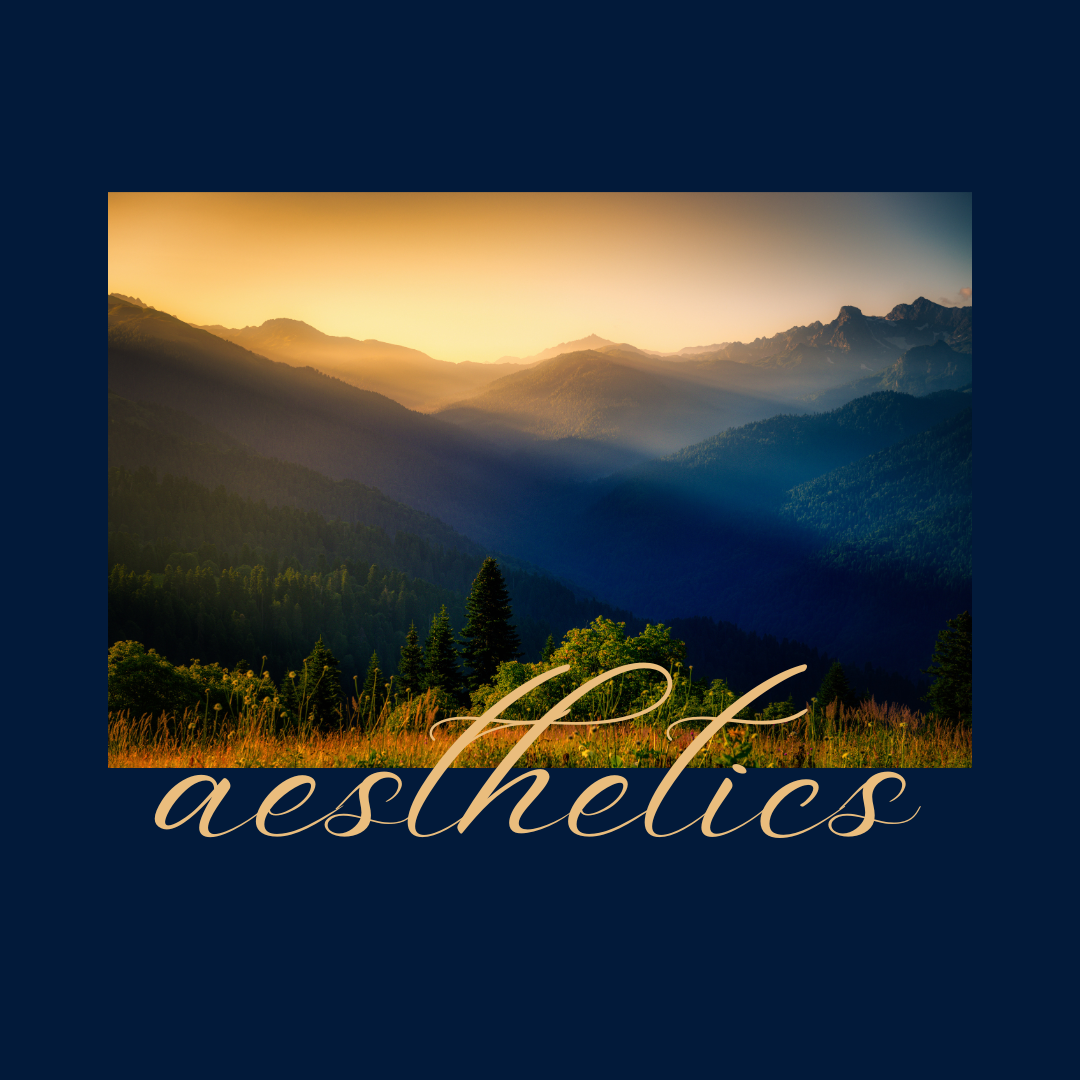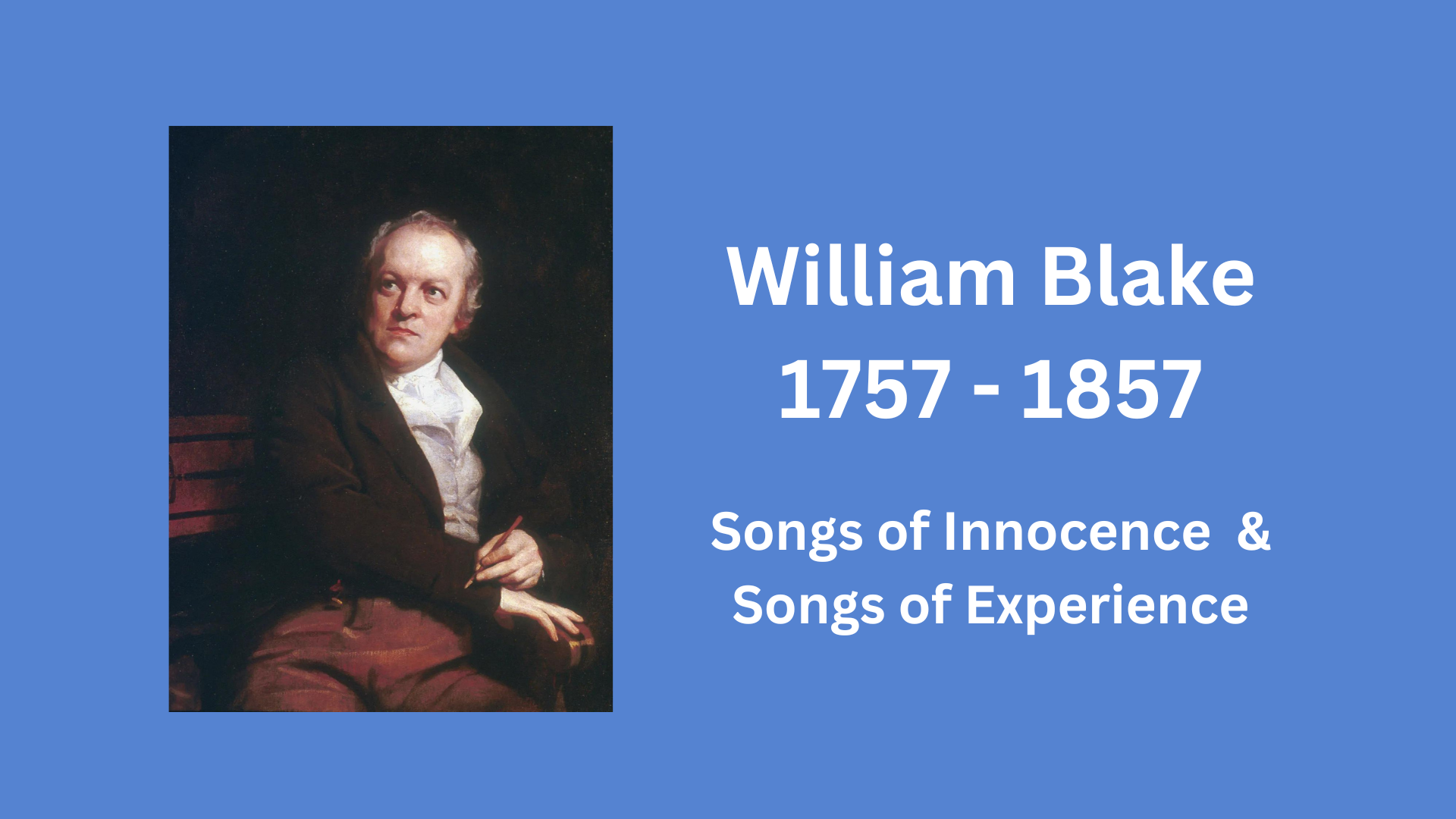
“Aesthetics can be a practice or theory that includes many subjects, such as art, beauty, taste, and perception. Spirituality can be described as a journey of letting go of ego and finding love and joy in every moment. Some say that people with a higher level of spiritual development may have more intense aesthetic experiences and be better able to integrate beauty.” Google ai
Even when I was a young child, I was deeply moved by nature. I grew up in a modest house, but my dad built a desk beneath the window in my bedroom, and when I was child, I would crawl up on top of that desk at night and simply watch the night,
My Window Seat
by Jacki Kellum
I have a special window spot.
It’s right beside my bed—
With velvet cushions for a seat,
And curtains overhead.
I love to watch the Moon and Stars;
I sit here late at night.
I love to watch the silent Snow,
That paints my window white.
I love to sit here when it rains.
To watch the water run.
I sit here ‘til the dripping stops,
And then I watch the Sun.
©Jacki Kellum October 13, 2015
Another Version:
As though it was yesterday, I recall many of the glorious things that I saw and sensed around me as a child, but my ability to experience the glorious made me equally susceptible to fear of the scary things I perceived. For instance, the light through that same bedroom window often cast scary shadows across my room, and it terrified me.
The Crooked-Fingered Tree
by Jacki Kellum
A tree with crooked fingers grew
Just beyond my chimney flue.
A creeping car came driving round,
It’s tires chewed out a gravel sound.
The headlight hit the twisted tree,
And etched it on my wall to see.
copyright Jacki Kellum October 11, 2015
Admittedly, I never told the other kids around me or my family about all the thoughts and feelings swarming around and through me as a child. Perhaps my feelings were not unique, but I felt that they were, and at a very, very young age, I determined that other people weren’t thinking about the things that I perceived. Consequently, I was a Closet-Lonely Child. I played the game very well. I didn’t want anyone to guess.

Hiding in Plain Sight
by Jacki Kellum
Smiling, Joking, Dancing, Free
That’s the Social Side of Me.
Tossing kisses from my car,
Scared, Confused Alone We Are.
If you look, you will see
The Scared, Confused and Social Three.
Copyright Jacki Kellum December 17, 2015
A feeling of aloneness is a hotbed to grow all kinds of doubts and misgivings, and I am sincere when I say that my 7th grade English teacher saved my life. She helped me discover an outlet in writing, and she taught me about William Blake. William Blake and his Songs of Innocence spoke to me:
By the time I was in the 7th grade, I realized that I was a Romantic, and I have followed that course for over half a century. William Blake was a Romantic Poet and William Wordshorth was a Romantic Poet who Celebrated Nature:
Romanticism
“Romanticism is an artistic movement that began in Europe in the early 19th century and spread to America. It’s characterized by an emphasis on emotions and imagination, and a rejection of societal norms. Romantics believed that beauty was central to culture and that art should be used to educate and redeem humanity. They also believed that aesthetics should permeate and shape human life, and that nature and science should become art, and art should become nature and science.” Google ai
William Wordsworth Was the Father of Romanticism As It Related to Nature:
Aestheticism

Jerusalem
by William Blake
The Title of My First Master’s Thesis Was: The Path to Golgonooza
Golgonooza was the City of Gold that Blake envisioned. It was part of Blake’s envisioned Jerusalem.
Discover more from Jacki Kellum
Subscribe to get the latest posts sent to your email.
